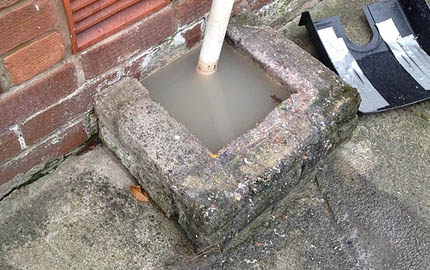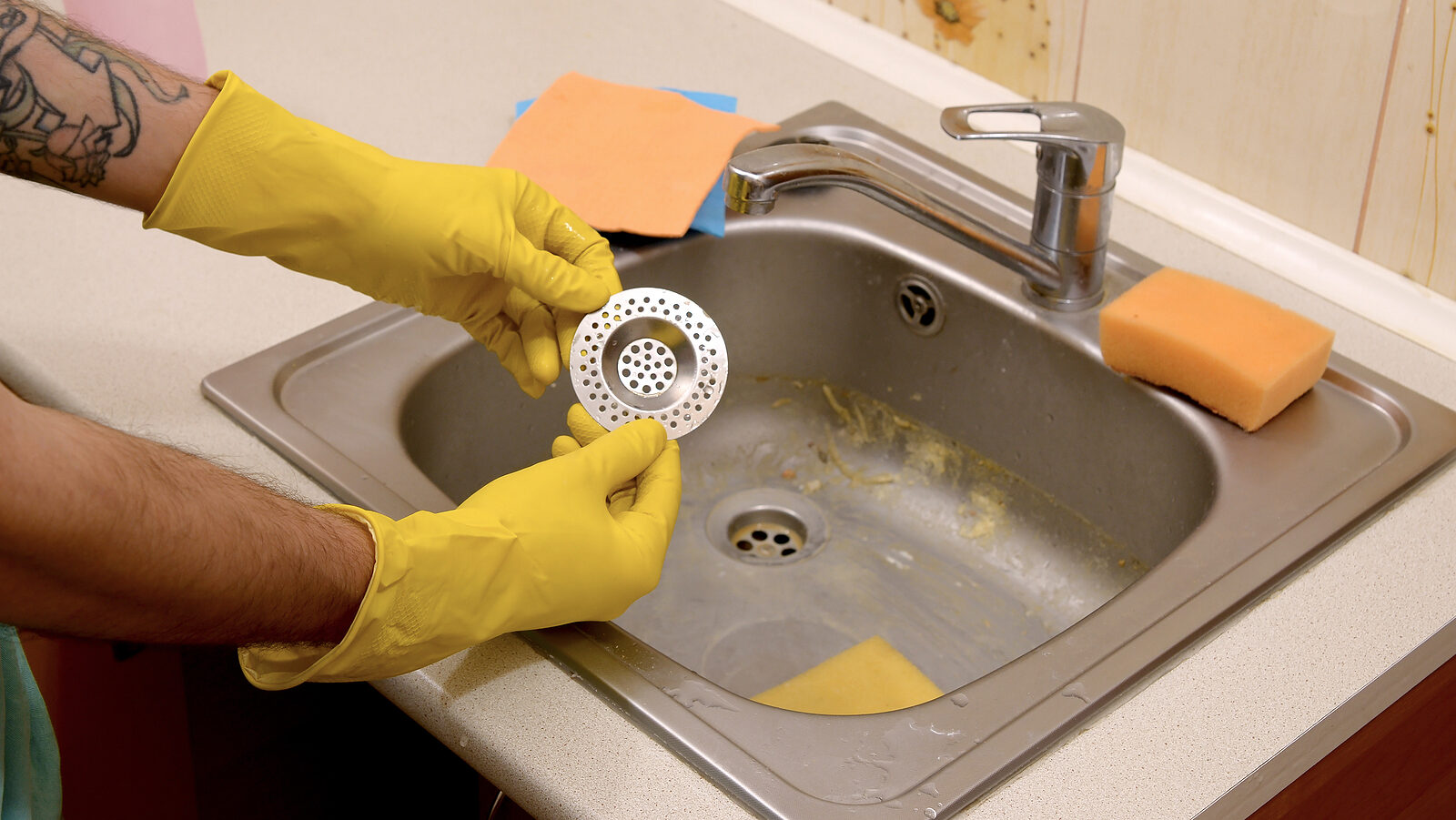The content down below about How to handle a clogged drain in your home is amazingly insightful. Give it a try and make your own personal ideas.

Introduction
Managing an obstructed drain can be an irritating experience, interrupting day-to-day activities and potentially triggering damage to your residential property. Nonetheless, prior to connecting to pipes experts, there are actions you can require to deal with the issue yourself. In this guide, we'll explore do it yourself services and preventive measures to tackle an obstructed drain properly.
Determining the Problem
The primary step in resolving a blocked drain is acknowledging the signs. Sluggish drain, gurgling audios, foul odors rising from drains pipes, or water support up prevail indicators of an obstructed drainpipe. Recognizing these indicators early can assist stop additionally issues.
Usual Causes of Obstructed Drainpipes
Recognizing the aspects that contribute to drain blockages is vital for effective resolution. Common wrongdoers include hair, soap residue, oil, food particles, and foreign things like sanitary items or paper towels. Tree roots getting into underground pipelines can also cause substantial blockages.
DIY Solutions
For minor blockages, numerous DIY services can be reliable. Putting boiling water down the drain can aid liquify grease and particles. Baking soda and vinegar or a blend of salt and baking soda can act as natural cleansers. Utilizing a bettor or plumbing serpent to dislodge obstructions is an additional choice.
Tools and Tools
Having the right tools on hand can make do it yourself drain cleansing a lot more efficient. A plunger is a flexible tool for clearing clogs in sinks, toilets, and showers. A plumbing snake or auger can reach deeper blockages, while drain cleansing chemicals can be used very carefully for stubborn clogs.
Preventive Measures
To avoid future clogs, embracing safety nets is crucial. Install drainpipe guards or filters to capture hair and particles before they get in the pipelines. Regularly flush drains pipes with warm water to dissolve oil buildup, and prevent dealing with oil or solid waste away.
When to Call an Expert
While DIY services can fix small clogs, certain indications suggest the requirement for specialist assistance. Relentless blockages, foul odors despite cleaning initiatives, or several drains backing up concurrently are warnings that necessitate professional intervention.
Selecting the Right Plumbing Solution
When picking a pipes service, take into consideration aspects such as experience, licensing, and customer testimonials. Choose a credible plumbing professional with a record of quality workmanship and transparent prices methods.
Cost Considerations
The cost of specialist drainpipe cleaning services can differ depending upon the seriousness of the obstruction and the plumber's prices. Request quotes from several suppliers and ask about any added fees to guarantee openness and prevent shocks.
Safety Measures
When trying do it yourself drain cleaning, prioritize safety and security. Wear safety gloves and eyeglasses to prevent contact with harmful chemicals or microorganisms. Never ever mix different drainpipe cleansing items, as this can generate dangerous fumes.
Case Researches
Real-life instances highlight the effectiveness of DIY services and the significance of prompt specialist intervention in settling drainpipe blockages.
Conclusion
By adhering to the tips outlined in this overview, you can efficiently tackle obstructed drains and prevent future pipes issues. Whether selecting DIY services or seeking expert aid, prompt activity is key to preserving a healthy and balanced plumbing system and maintaining the honesty of your home.
WHAT I LEARNED FROM TRYING TO DEAL WITH A CLOGGED DRAIN
We have had our share of seepages and other annoying things that are part of living, especially in an apartment complex. And if there’s one thing that’s terrifying for a homeowner—or even someone in a rented home—it is a clogged drain, indoors or outdoors.
We enjoy our living space, but it’s simply a fact of life that dead skin, soap and a host of other items go down the drain; eventually, the residue builds up and prevents anything from moving. Ugh.
Not Calling A Professional
Of course, it might seem simple to just whip the pipe off under the sink and see if you can unblock it. Unfortunately, what if the blockage isn’t there, or you don’t reconnect it properly? Worse, you might break a piece and have no drainage system. Can you imagine that scene? Yuck!
Not Watching Your Waste
This will sound d’uh, but the best tip I can give you for drain cleaning is to avoid clogging the drain in the first place! You can do this by monitoring what goes down the drain and catching the items which are most likely to give you a problem. Invariably hair, vegetable peels, and large wads of toilet paper are the most obvious culprits. Add a filter—these are available in hardware stores and can be removed and cleaned easily.
Poking The Drain
The first urge with a clogged drain is to poke at it with a stick or anything that resembles a stick. Sadly, this does not result in magically solving the issue. The mental image is, naturally, one of the stick just pushing through the offending item and all is well again. Reality is quite different and unpleasant and likely to lead to further problems.
The thing is, every drain has a series of bends that are not visible to us. Drains are built this way to prevent gases from entering the house. What happens when you poke a stick into the drain? Of course, it can’t bend around the corner. The more adventurous people will use force and end up wedging the stick or causing it to break off in the pipe—creating an even bigger issue. Worst thing? The stick will shift the block further down the pipe, creating the space for more to collect. Go ahead! Roll your eyes!
Using The Wrong Plunger
You know what they say: the right tool for the right job! Did you know there are different types of plungers besides the basic one we keep at home for an emergency? Yes, there are. For example, the toilet plunger has a bell-shaped bottom while the sink plunger is flat. This is an important difference and using the wrong plunger will be useless. There’s also a knack in using plungers—they must be placed in such a way that they create an airtight seal and then, moved slowly up and down—not as fast as we imagine.
https://vidyasury.com/2018/01/learned-trying-deal-clogged-drain.html

As a serious reader about Tips for Dealing with Clogged Drains and Sewer Lines, I was thinking sharing that piece of content was beneficial. Sharing is nice. Helping people is fun. Thanks for your time spent reading it.
Click Here